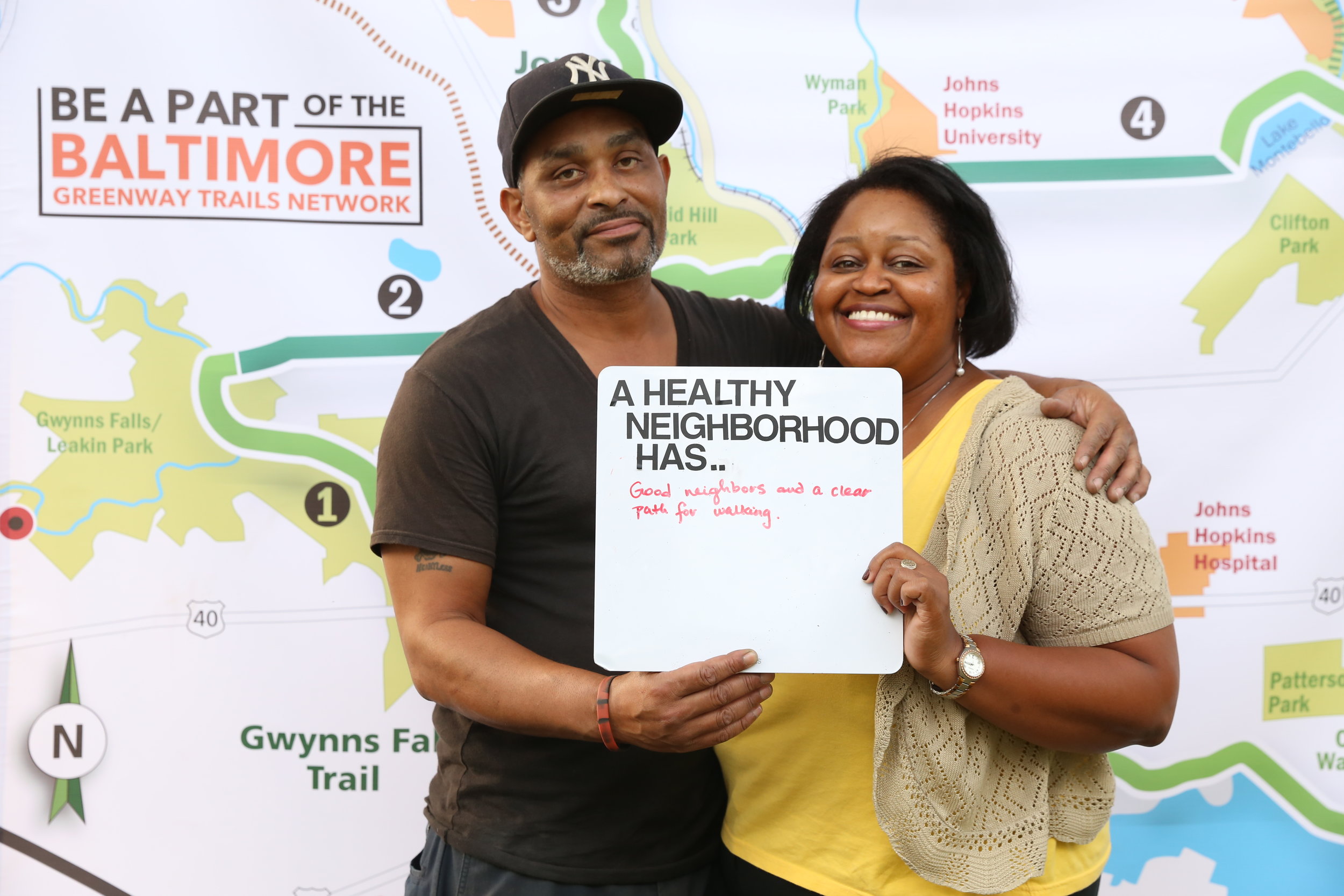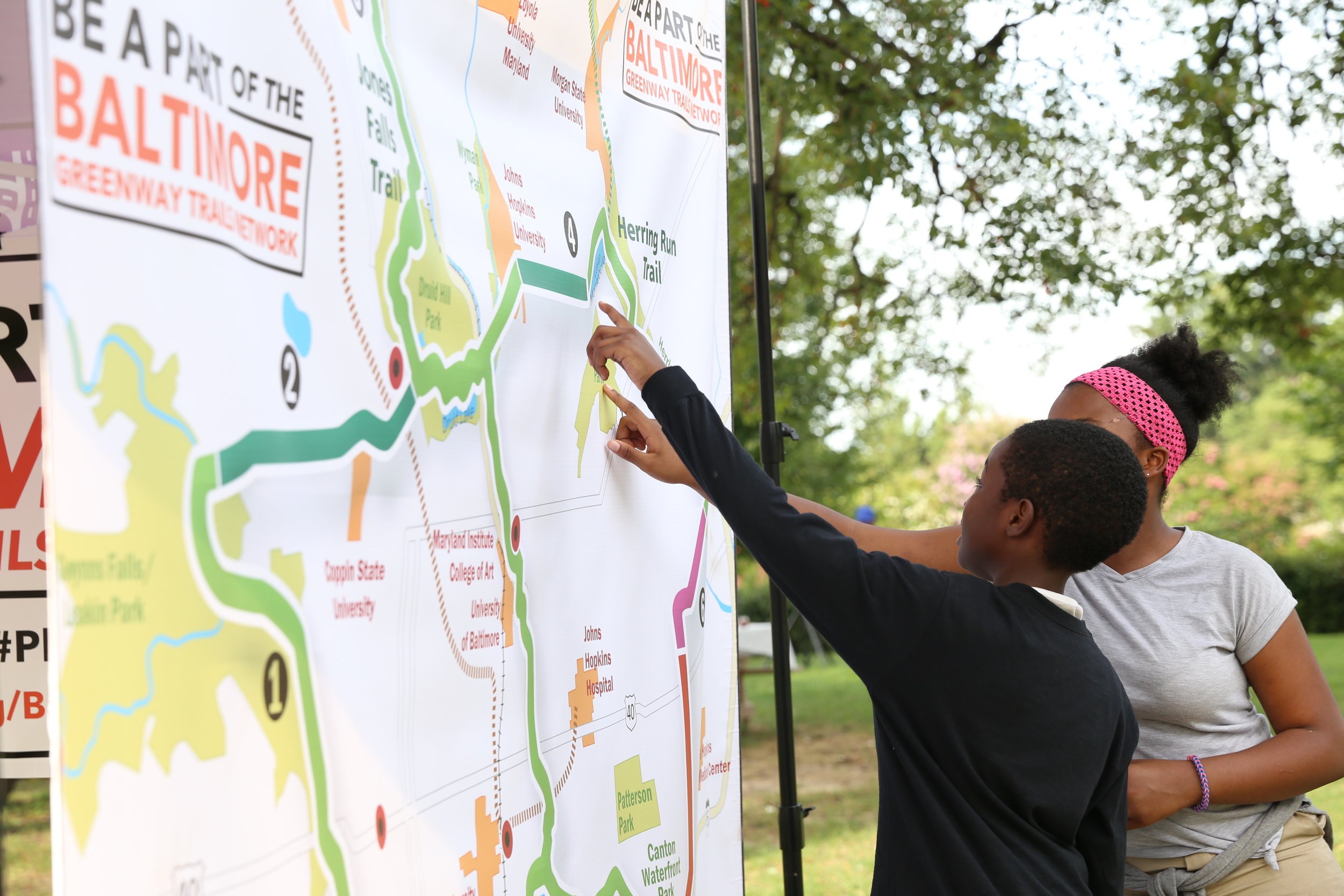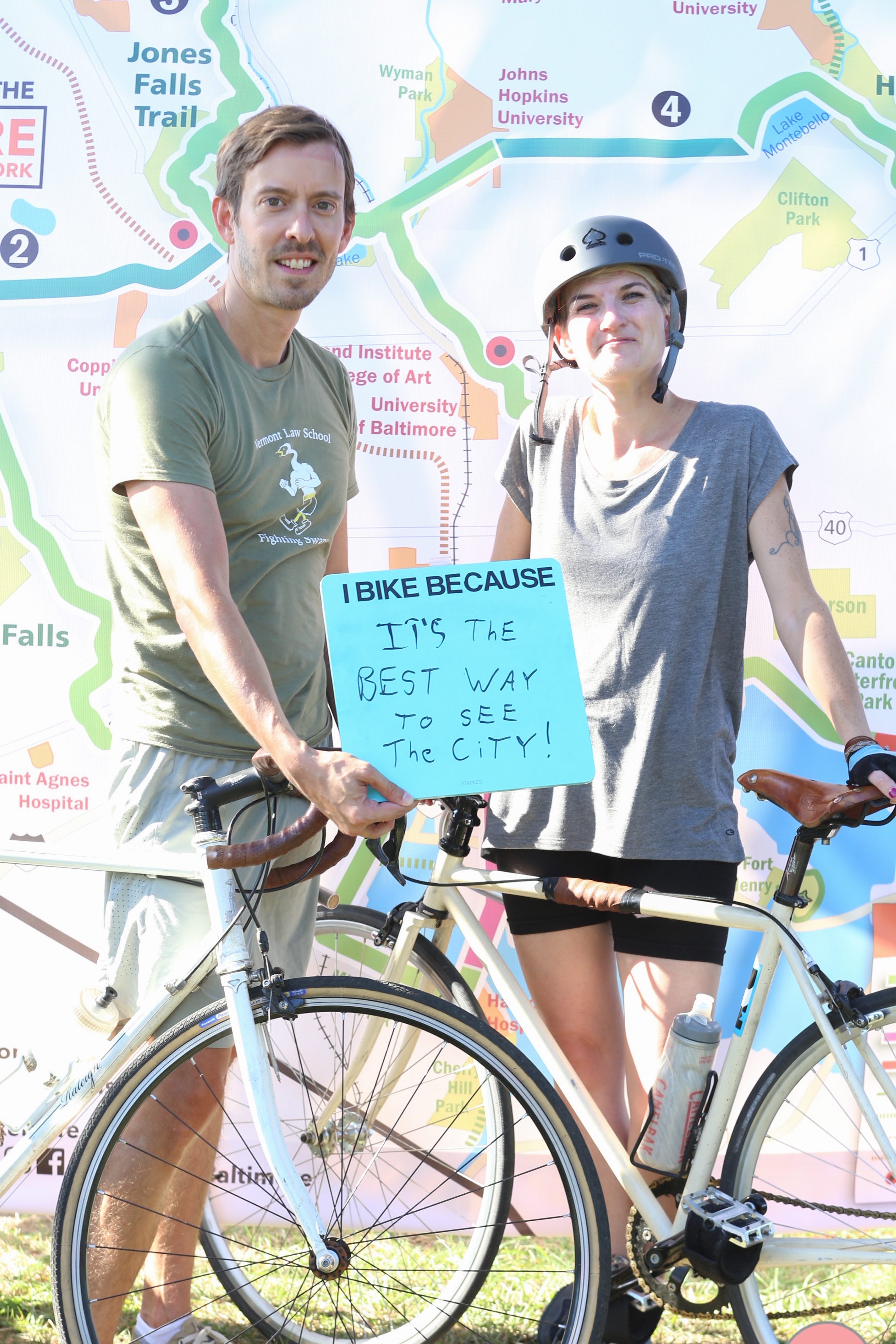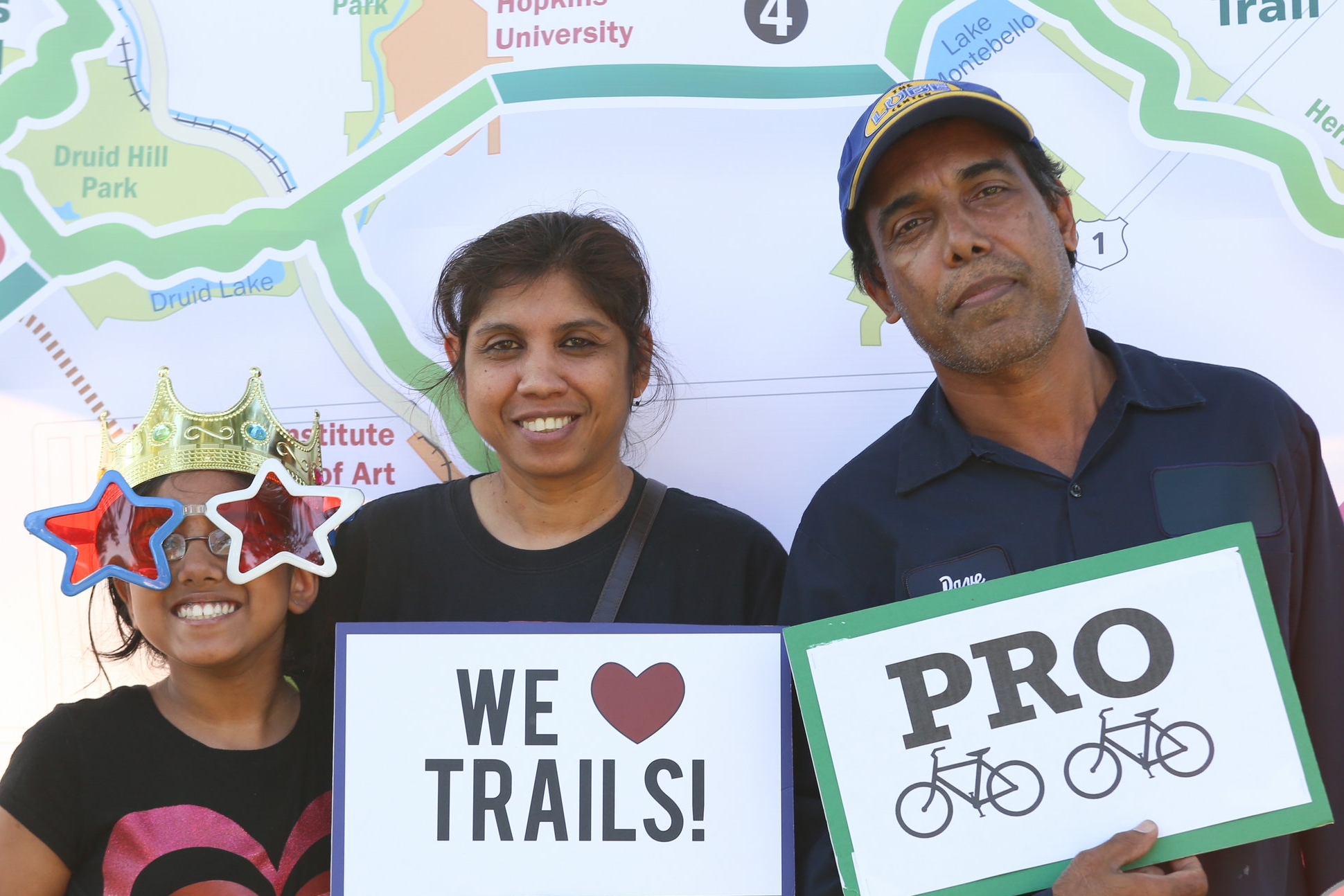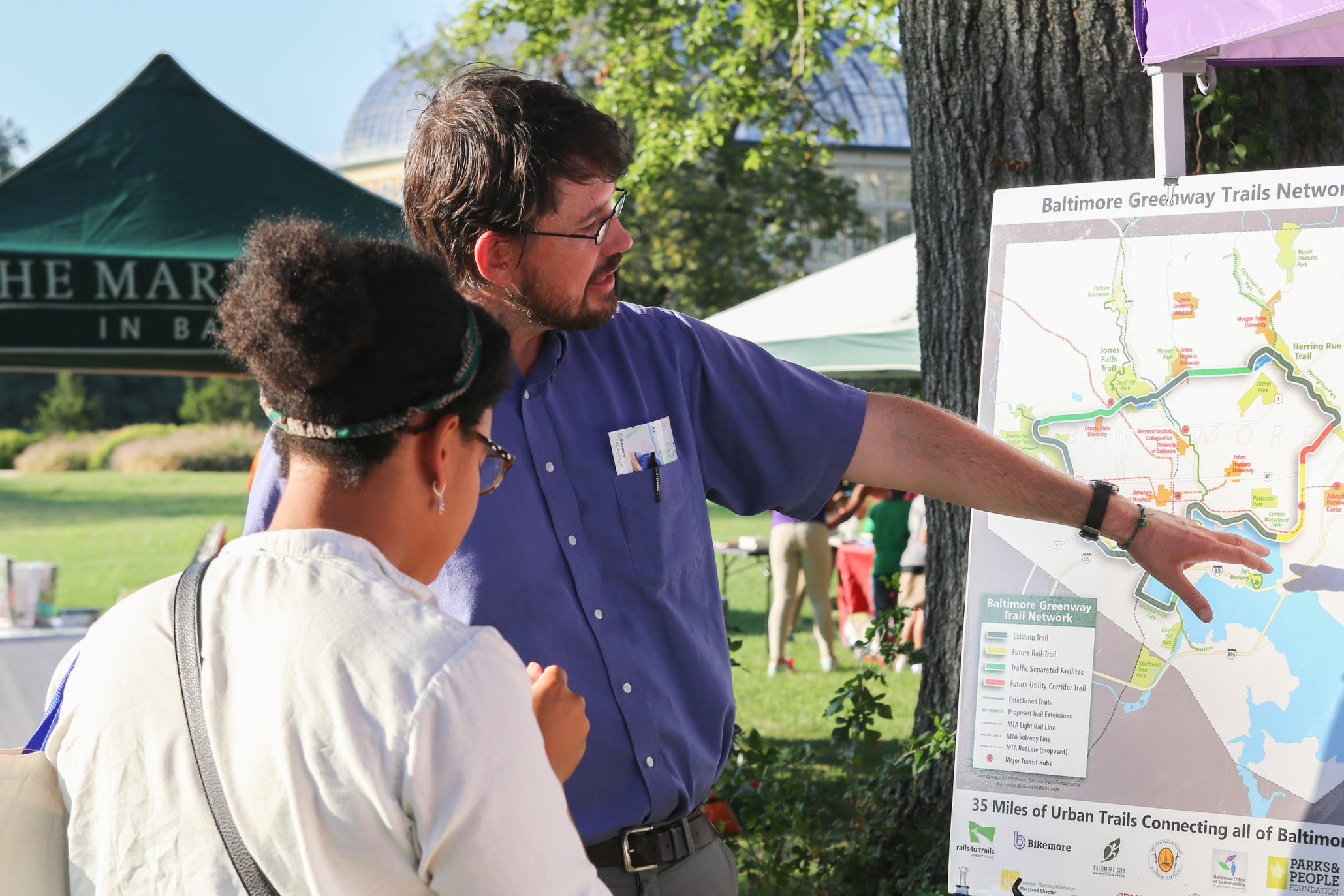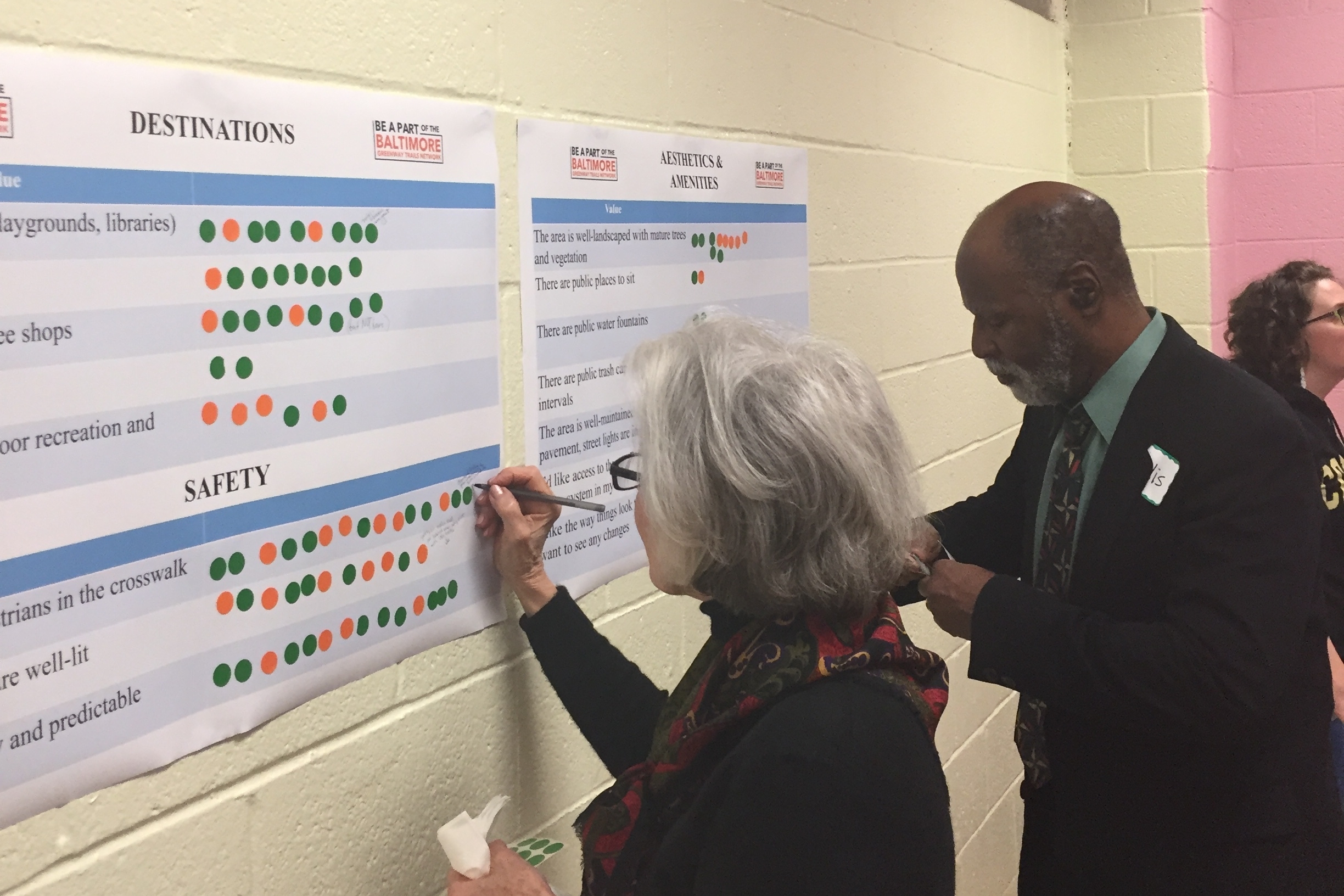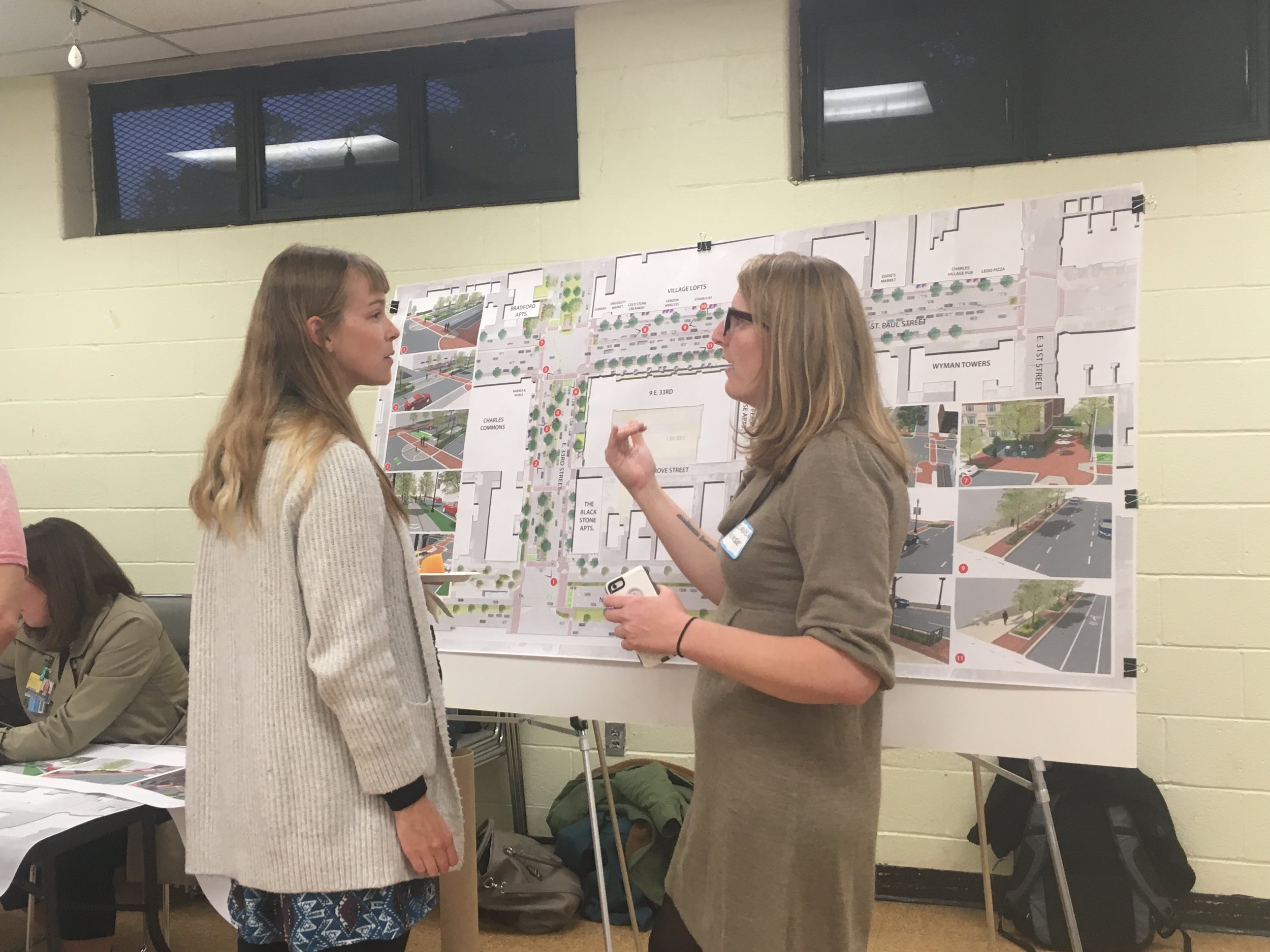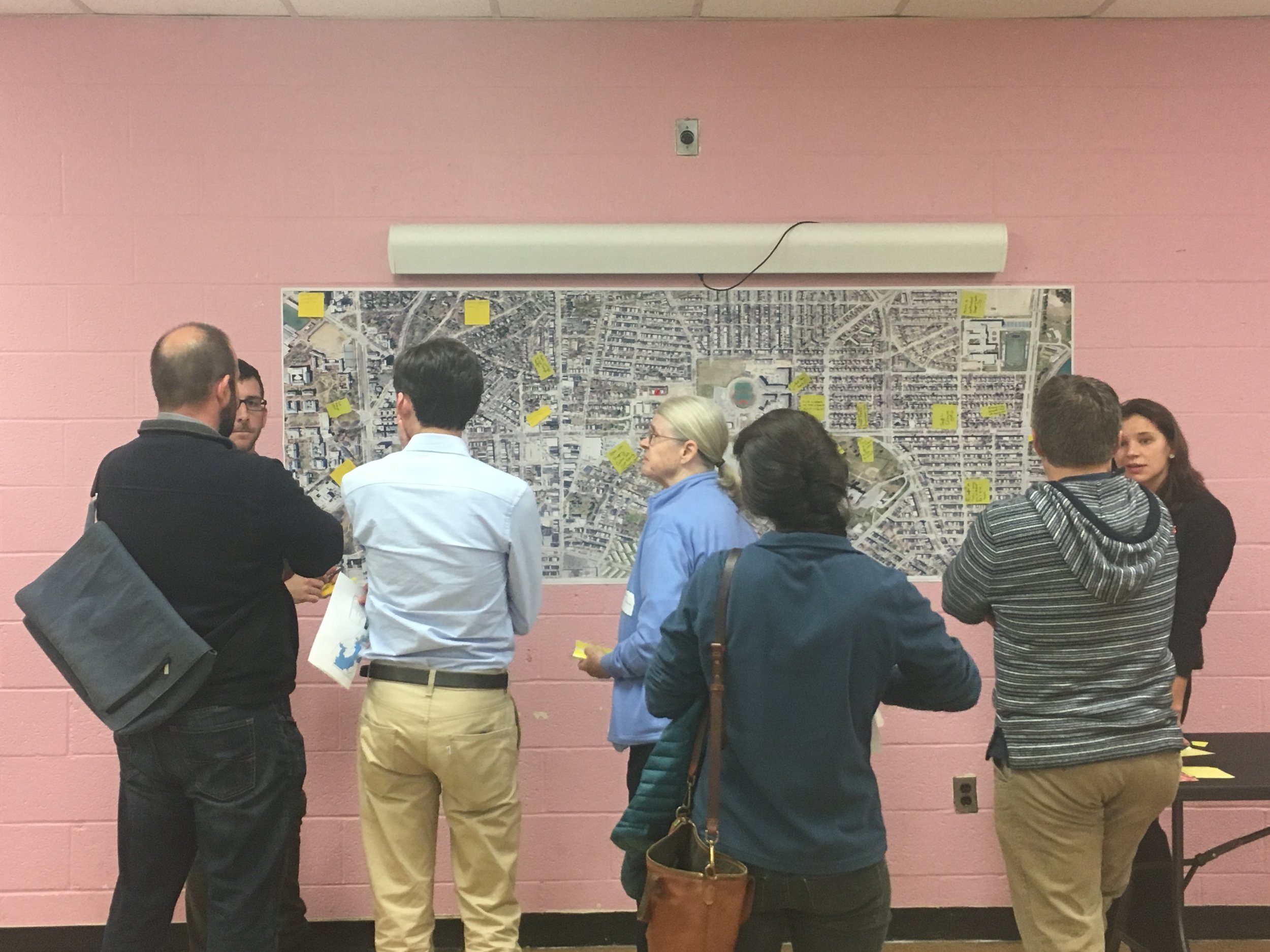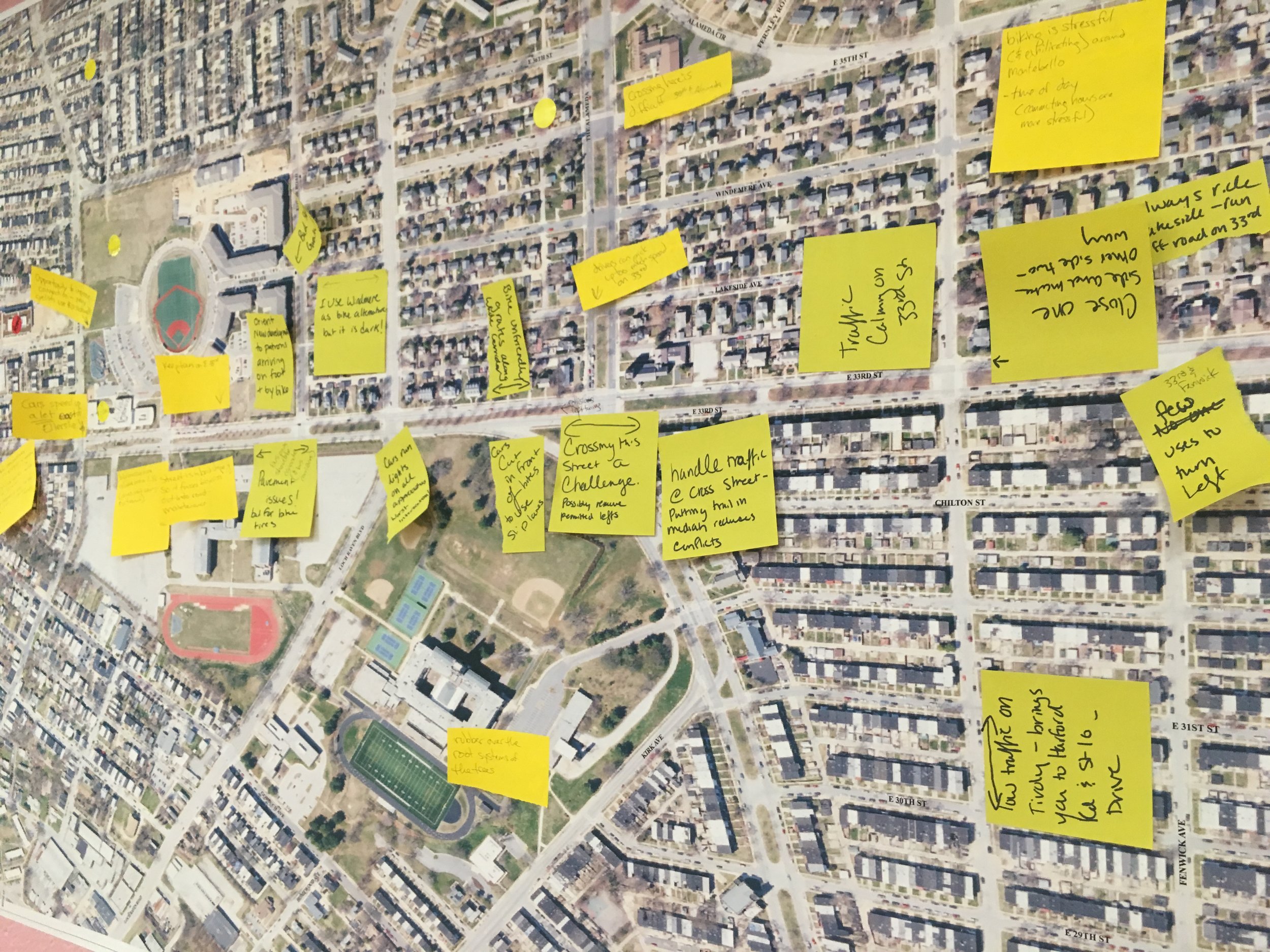In the Maryland General Assembly this session, Delegate McMillan of Anne Arundel County introduced House Bill 1079, which seeks to give local jurisdictions the authority to create a civil penalty for crossing outside of a crosswalk.
Staff from McMillan's office explained that this is in response to heavy tourist traffic in Annapolis. They believe being able to ticket tourists that cross outside of a crosswalk will improve pedestrian safety.
The bill is currently in the Senate Judicial Proceedings Committee, after being passed on the floor of the House yesterday. Click here to tell the committee to vote NO on this bill.
Jaywalking has a storied past. In short, as cars became more prolific in cities, and death by automobile soared, communities sought to find solutions and penalties for drivers who recklessly endangered the public.
The automobile lobby fought back with a coordinated public relations effort that blamed the people who had been using roads for centuries, not the newest invention on the roadway. AAA began an "education campaign" in schools. The Boy Scouts were employed to hand out pamphlets on street corners.
The automobile lobby won, and their message prevailed: It was the people walking who were in the wrong, they should get out of the way of cars, and if they refused they should be punished with fines or even jail time.
In the 1990's and early 2000's focus on jaywalking re-emerged as cities like New York and Baltimore used jaywalking as a way to target individuals for Terry Stops through broken windows policing. Studies now prove when you criminalize the behavior of vulnerable road users like people walking and biking, it disproportionately impacts communities of color. Layering fines in the name of safety compounds the challenges facing our communities instead of making them safer.
Back to HB 1079: if pedestrian safety is the aim, why not advocate for designing roads that reduce pedestrian injury and fatalities by lowering vehicle speed and adding sidewalks, safe crossings, and adequate lighting? Or pass out of the very same Judicial Proceedings Committee SB 0338, which would allow HAWK Signals in Maryland, a very real improvement that can be made for pedestrian safety?
Communities across the state are working hard to make places safer for biking and walking. It's good for public health, mobility, and the economy. Let's work harder on that, and let a 100 year old strategy rooted in racist and classist policy that unfairly penalizes Maryland residents and visitors for crossing the street die in committee.
Take Action on these Bills!







